Elite's bow technicians have decades of combined experience tuning hundreds of bows - it's one of the many things we're proud of as an American-based company. One of the most hotly contested topics these days is bow tuning, so read below from one of our go-to technicians, Steve Wasko, on how to get it done correctly.
***
After working in the industry for over 20 years you come to realize there are 100 ways to do a bow set up and 100 ways it will work. For avid sportsman or archers, setting up your equipment can be just as rewarding as shooting it when the arrows start stacking up down range. To get started, there are nine very crucial steps to follow:
Step 1: Make sure your draw length is correct
When checking draw length, the quickest and most accurate way this can be achieved is by measuring wing span. With your back placed against the wall spread your arms out to the side almost like you're “flying” and place them against the wall. Have a friend or family member place a piece of tape where your middle fingers touch on each side. Now measure the distance between the two pieces of tape and divide by 2.5. This will help you get started whether you have an old bow that needs adjusting or if you are looking to buy a new one.
Step 2: Mounting and setting up your rest
There are many types of rests on the market now, but all are virtually the same when it comes to setting centershot. Mount your rest on the bow with the fasteners that are provided. Place an arrow on the string and move the rest until the arrow is going directly through the burger hole. Now measure from the inside of the riser shelf and move the rest in or out until you reach 13/16” to 7/8” this will give you a good starting point before shooting it through paper.
Step 3: Rest timing
This step is only crucial when it comes to a drop away rest. If you are without a bow press, there is no need to worry as most manufacturers will provide you with a clamp. Follow the manufacturer's instructions on which cable to clamp the drop away to and always remember that you want the rest at its full upright position in the last 1” to 1.5” of the draw cycle so you don’t short-cord yourself and make the bow feel out of sync.

Step 4: Setting nock height / arrow height
Place your bow in a bow vise and make sure that it is level. Now nock an arrow and take your string and arrow level out to verify both string and arrows are level to each other as well. Most of the bows on the market will either want to be completely level,1/16”, or 1/8-inch nock high. If you have any questions, look up the bow you are shooting, and most companies will have literature on where they tune the best.
Step 5: Mounting your sight
Start by bolting the sight to the riser, then secure your bow in a vise. This is where you need to make sure that the bow is completely level. Now, look at the level on your sight housing. If it's off, then you are going to need a 1st, 2nd, or 3rd axis adjustment. Most of your sights have a 1st and 2nd axis adjustment and many modern, higher-end sights have 3-axis adjustments.

Step 6: Setting your peep sight
Finding your peep height is easy. First, grab a friend and have them stand by with a marker. Take your bow and make sure to nock an arrow, while aiming your bow at a target, close your eye and draw the bow back. Come to full draw and with your eyes still closed find the most comfortable anchor point. Now open your eyes and have your friend mark the string where your eye and sight line up. Once you've set your mark, place your peep in the string and serve it in.

Step 7: Selecting arrows
When selecting an arrow, all manufacturers have calculators on their website to determine the correct spine. If you're buying from a shop they will be printed on the back of the arrow box. The lists show arrows by the spine or the stiffness of the shaft. Pre-fletched arrows from the factory work perfectly fine for all hunting situations. If you have the ability to fletch your own arrows, most people will buy the raw shaft and run a slight to aggressive helical. Place marks or numbers on each arrow fletching so if you have inconsistent flyers you can easily identify them, and pull these arrows out of the bunch or spin the nock to a different location and shoot it again.
Step 8: Paper tuning your bow
People always think paper tuning is hard but in all honesty, it is pretty simple as long as you have a place to shoot. To get started, hang a piece of paper taught so you can shoot through it. Stand roughly eight feet from the paper and draw your bow and make sure everything is level. With good form, shoot through the paper. Look at the results and adjust your bow if necessary and repeat the process until a desirable rip is achieved. A desirable rip will have a bullet hole in the center and clean tears where your fletchings glide through the paper. If you have any questions with your results you can always look up different tears to see which way you need to move your rest or nock.

Step 9: Now you are ready to get sighted in! Check out this recent blog on how to get it done.


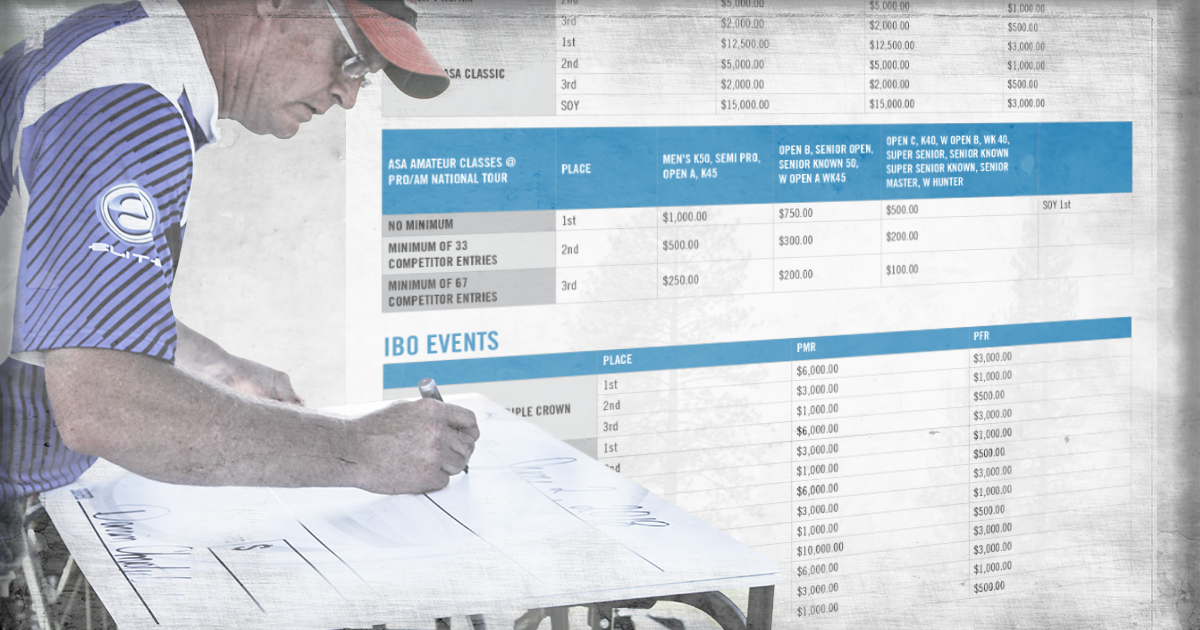
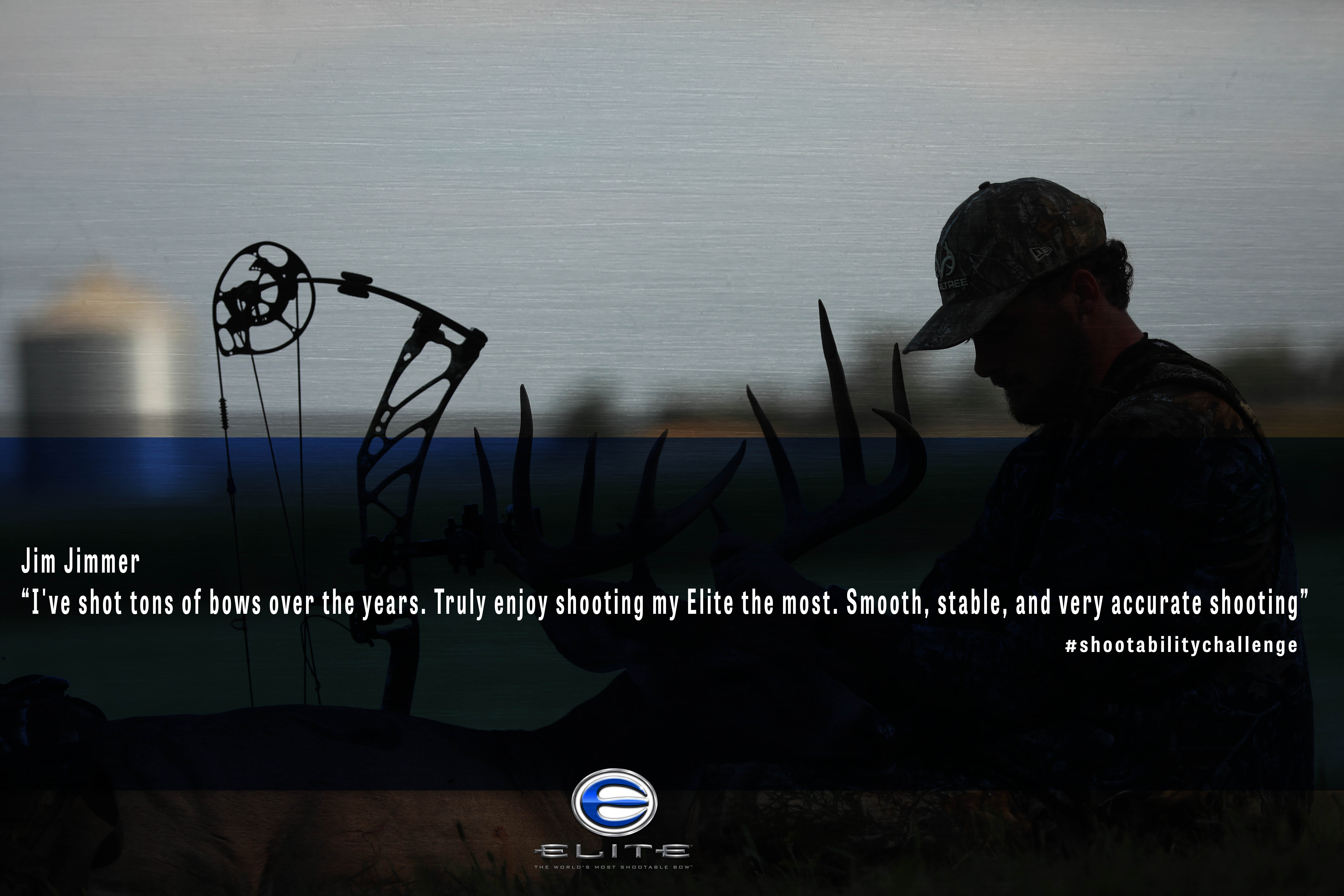

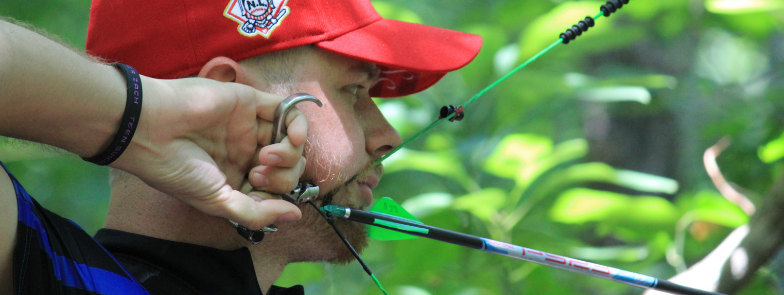
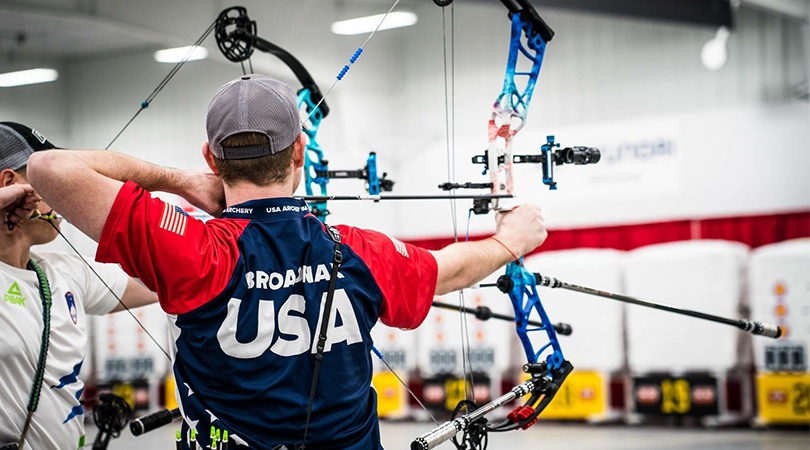
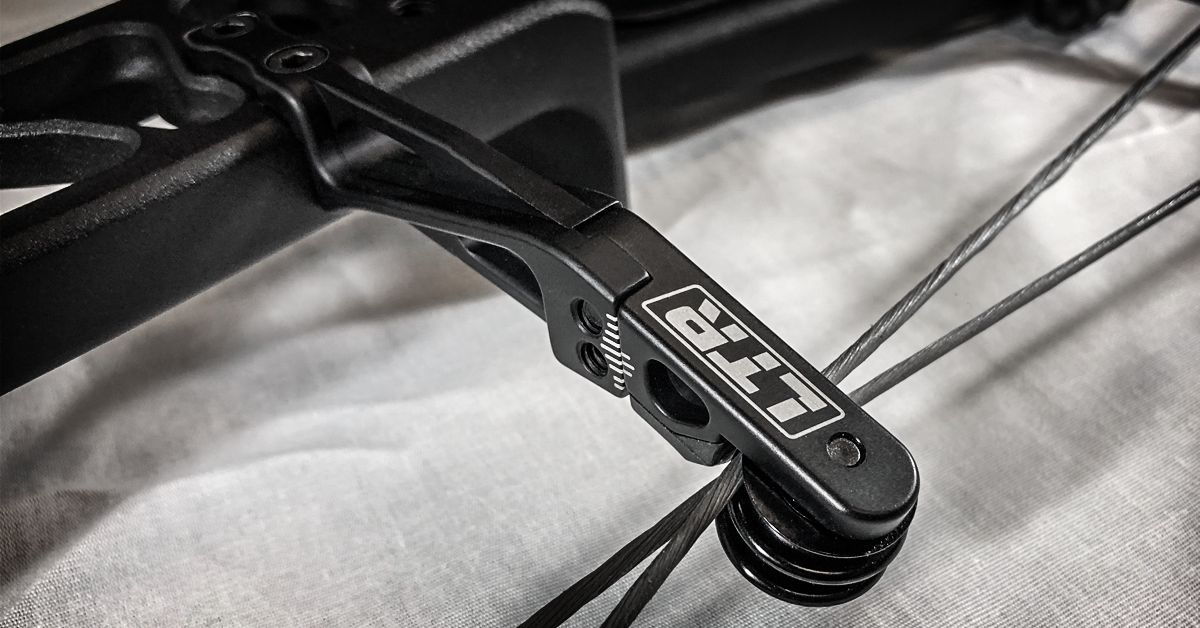

.png)
